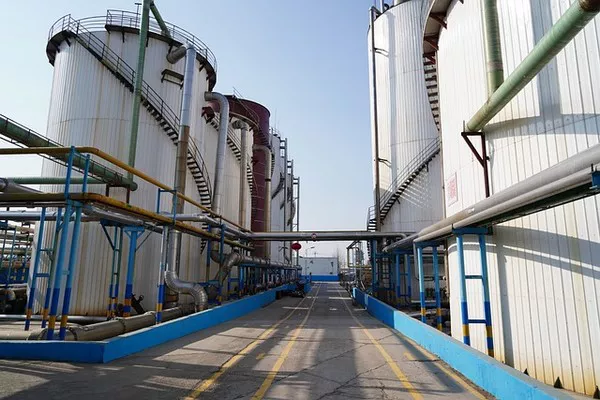Sewage water, also known as wastewater, is the water that is discarded from various human activities, such as domestic, industrial, and commercial processes. The proper treatment and management of sewage water are critical for environmental conservation and public health. This article delves into the journey of sewage water from its initial discharge to its final treatment and disposal, highlighting the processes that transform it into reusable or safe water.
Collection and Conveyance
The first step in the sewage water treatment process is collection and conveyance. When we flush toilets, use sinks, or engage in any other water-related activities, the wastewater is collected through a network of underground pipes called sewer lines. These sewer lines transport the sewage water from homes, businesses, and industries to a centralized treatment facility or a local sewage pumping station.
Preliminary Treatment
Upon reaching the treatment facility or pumping station, sewage water undergoes preliminary treatment to remove large solid debris, such as rocks, plastics, and other objects, through processes like screening and grit removal. These solid materials could cause clogging and damage equipment in subsequent stages of treatment if not removed.
Primary Treatment
After preliminary treatment, the sewage water moves on to primary treatment, where the removal of suspended solids takes place. This is typically achieved through the use of sedimentation tanks, where the water is allowed to settle for a period of time. During this process, heavier solids settle at the bottom, forming sludge, while lighter materials float to the surface, forming scum. The clarified water, also known as effluent, is then drawn off for further treatment.
Secondary Treatment
Next, the secondary treatment stage is where the majority of organic matter is removed. The goal is to break down the dissolved organic compounds present in the wastewater. The most common method for secondary treatment is the activated sludge process. In this process, the sewage water is mixed with a microbial culture called activated sludge, which contains microorganisms that consume organic matter. As the microorganisms feed on the organic material, they grow and form a floc, which can be easily separated from the treated water.
Tertiary Treatment
After secondary treatment, the sewage water may undergo tertiary treatment to further improve its quality. Tertiary treatment involves advanced processes such as filtration, disinfection, and nutrient removal. Filtration can remove fine particles that might have passed through the primary and secondary treatment stages. Disinfection helps eliminate harmful pathogens to ensure the water is safe for discharge or reuse. Nutrient removal, particularly the reduction of nitrogen and phosphorus, is essential to prevent water pollution and protect aquatic ecosystems.
Effluent Discharge or Reuse
The treated water, now known as effluent, has reached an acceptable level of cleanliness for safe discharge into receiving water bodies, such as rivers, lakes, or the ocean. Before discharge, the effluent must meet specific environmental standards set by local regulatory bodies to ensure it does not harm the natural environment.
Alternatively, some regions have embraced the concept of water reuse to conserve water resources. Treated sewage water can be further purified and used for non-potable purposes, such as irrigation, industrial processes, or toilet flushing. This practice not only reduces the strain on freshwater sources but also lessens the environmental impact of wastewater discharge.
Sludge Treatment and Management
The sludge generated during the primary and secondary treatment stages also requires careful management. Sludge can be dewatered and processed through various methods, including anaerobic digestion, composting, or incineration. Anaerobic digestion breaks down the organic matter in sludge, producing biogas that can be used as an energy source. Composting allows sludge to be transformed into a useful soil conditioner. In some cases, incineration is used to reduce the volume of sludge and produce energy.
Environmental Implications
Effective sewage water treatment is crucial for protecting public health and preserving the environment. Improper disposal of untreated or poorly treated sewage water can lead to contamination of water bodies, soil, and groundwater. This contamination can have severe consequences on aquatic life, disrupt ecosystems, and expose humans to waterborne diseases.
Conclusion
The journey of sewage water from collection to treatment and disposal is a vital process that safeguards public health and sustains the environment. By utilizing advanced treatment technologies and embracing the principles of water reuse, communities can reduce their impact on freshwater sources and foster a more sustainable future. Adequate sewage water management is not only a responsibility but also an opportunity to protect natural resources and build a healthier planet for generations to come.

